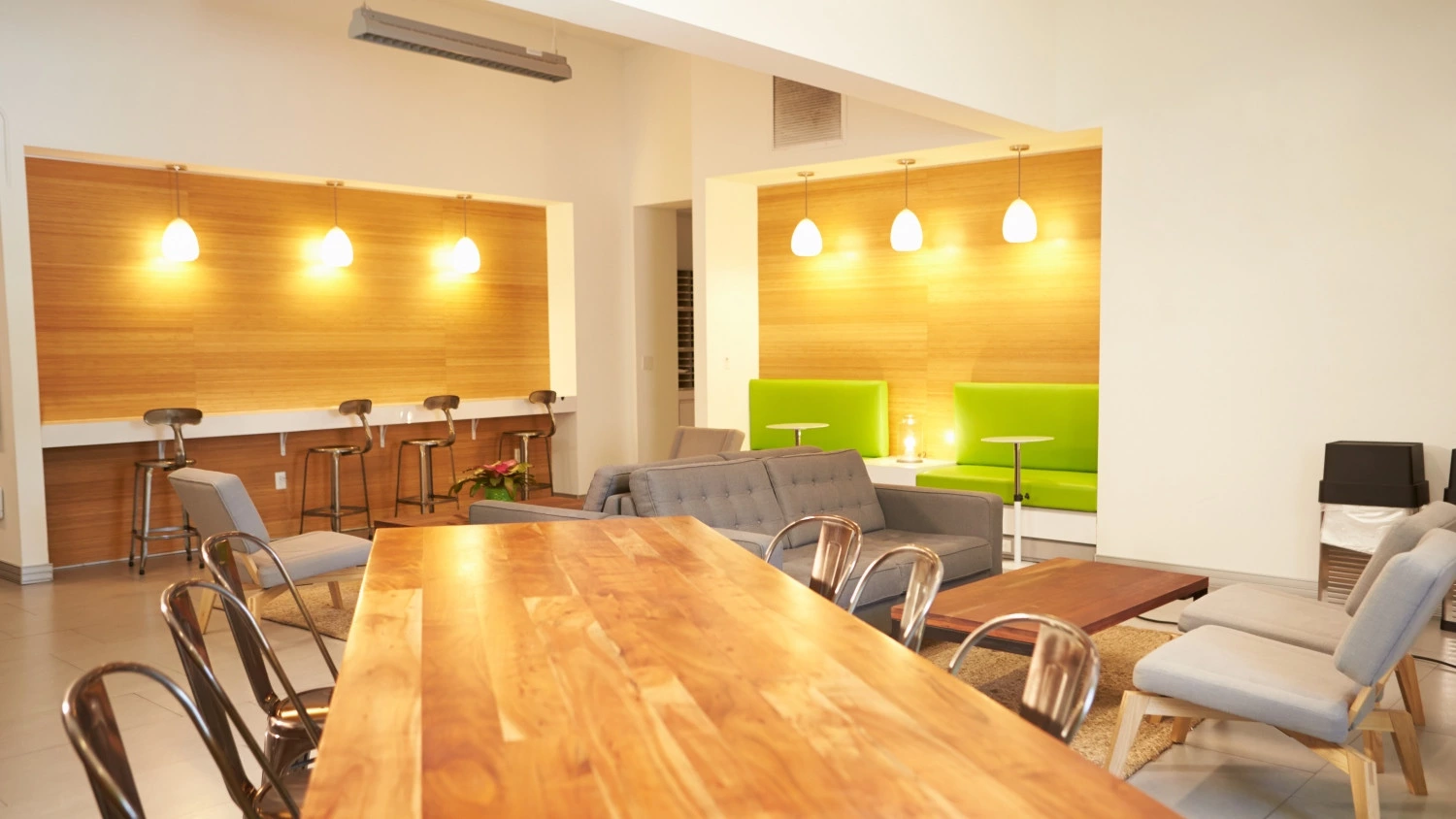
Members of Generation Z have been shaped by a number of social, economic and technological factors and developments taking place during their formative years. How do they differ from previous generations? What are the challenges associated with Zoomers’ entering the workforce? A new report by Cushman & Wakefield and Antal tried to answer these questions.
Generation Z is defined as people born between 1995 and 2005. The Polish Statistical Office estimates its population in Poland at 4.2 million, 31% less than the population of Generation Y, a demographic cohort of those born between 1984 and 1994. This also translates into fewer graduates of universities, especially economic schools. Compared to previous generations, members of Generation Z are more interested in technical education, which may indicate changing preferences of young people who are looking for stable employment in sectors identified as the most promising. They are now taking the first steps on career paths. According to ABSL’s data, Poland’s business services sector has a combined headcount of over 338,000, of which 19.7% are below 26 years of age. This is the third-largest age group of employees in this sector.
The workplace of Zoomers
The youngest generation on the labour market are opting for a model combining office and remote work, reveals the report from Cushman & Wakefield. This form of employment is preferred by 61% of survey respondents. The full-time remote model was the least popular option and favoured by only 13% of the respondents; and according to the global report The Future of Workplace, 70% of Gen Z report challenges in working from home.
“A substantial majority of respondents are willing to embrace a hybrid model combining office and remote work. One reason for the limited interest in working remotely could be that Generation Z is a social group that suffered the most during the compulsory work from home period compared to older generations. The most common inconveniences of such work cited by Zoomers included the limited possibility of learning from more experienced colleagues and the lack of a comfortable workspace at home. In addition, social bonding with colleagues suffers from remote working, which has a direct impact on the corporate atmosphere, one of the key features of an ideal work environment according to Gen Z,” says Katarzyna Lipka, Head of Consulting & Research, Cushman & Wakefield.
“Generation Z also expect instant feedback which they can get more easily when working in the same room. They are used to dual communication – via online channels on the one hand, and through strong interpersonal relationships on the other. As they are just entering the workforce, they are particularly interested in getting to know the organisational culture,” adds Agnieszka Wójcik, Market Research Manager, Antal.
Nearly 60% of Gen Z respondents would like to work in modern office buildings, followed by small-scale buildings, tenement houses or apartments. Despite this, the key location favoured by members of Generation Z is the city core and the main factor in the choice of workplace is the commute time.
The dream workplace is defined by Generation Z as space where - before anything else - they can gain new experience, develop skills and enjoy a good atmosphere that fosters relationship building. However, they want to have a dedicated desk and prefer individual to teamwork.
“Interestingly, Zoomers dislike hot-desking and would like to have their ‘own piece of floor’ near their dedicated desk or private office. Remember, we are talking about people who are benefitting the most from the sharing economy as regards, for example, flat, car, bike or e-scooter sharing. This is all the more intriguing given the preference of Gen Z for the hybrid model (61%), which would mean between one and three days of remote working. From the employer’s perspective, it would mean that a desk would remain vacant for 20-60% of working hours, or even longer if holidays, sick leave, training or business trips are added. Many organisations are therefore faced with an extremely important challenge of employee education, especially if they want to optimize space occupancy by creating a more flexible work environment, and thereby adjusting the number of desks to their actual needs,” comments Aleksander Szybilski, Head of Workplace Strategy, Cushman & Wakefield.
“An office built to meet the needs of Generation Z should reflect the organisational culture which offers high quality, is based on trust and mutual respect and where the possibility of regular interaction with colleagues and competent superiors is the greatest benefit and incentive to work,” says Anna Trochim, Country HR Manager, Cushman & Wakefield.



